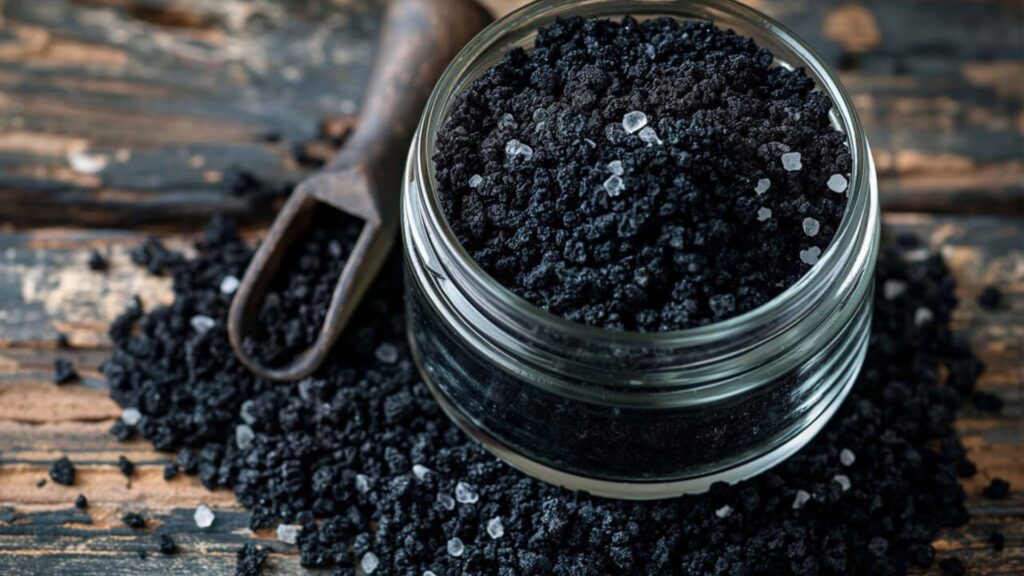
How to Make Black Salt (Kala Namak) – A Step-by-Step Guide from Raw Salt to Finished Product
How to Make Black Salt (Kala Namak) – A Step-by-Step Guide from Raw Salt to Finished Product Black salt, also known as Kala Namak, is

When it comes to salt, not all varieties are created equal. Two of the most popular types—Hawaiian salt and Himalayan salt—each boast unique characteristics and benefits. But how do they stack up against each other? Understanding their origins, compositions, and uses can help you choose the right salt for your culinary and health needs. Let’s explore these two salts and uncover what makes each of them special.
Hawaiian salt, often referred to as Alaea salt, is a traditional sea salt harvested from the pristine waters surrounding the Hawaiian Islands. This salt is known for its reddish-brown color, which comes from the addition of volcanic clay called Alaea. This clay not only gives the salt its distinctive hue but also infuses it with additional minerals.
Hawaiian salt has deep cultural roots in Hawaiian cuisine and traditions. It is often used in traditional dishes, such as poke and kalua pig, and plays a role in ceremonial practices. The use of Alaea salt is considered a symbol of respect and is integral to many cultural rituals.
Himalayan salt, often touted as the “purest salt on Earth,” is mined from ancient salt deposits formed over millions of years in the Himalayan mountains. Its characteristic pink color comes from the presence of trace minerals, including iron oxide, magnesium, and potassium.
This salt has been used for centuries, not only for culinary purposes but also for its purported health benefits. It is believed to have been used in ancient Ayurvedic practices and continues to be a popular choice among health enthusiasts today.
Hawaiian salt is often used in traditional Hawaiian dishes and as a finishing salt for meats and vegetables. Its unique flavor complements seafood and grilled dishes exceptionally well.
Himalayan salt is widely used in cooking, baking, and as a decorative element in salt lamps and cooking slabs. Its mineral content is often highlighted in gourmet cooking, where it can enhance the overall flavor of dishes.
Determining which salt is “better” often depends on personal preference and intended use. If you’re looking for a salt with a strong cultural significance and unique flavor, Hawaiian salt might be your go-to. However, if you prioritize mineral content and versatility, Himalayan salt may be the superior choice.
In the end, both Hawaiian salt and Himalayan salt have their unique qualities, benefits, and culinary applications. Your choice may depend on personal taste preferences, nutritional goals, or cultural significance. By understanding the differences between these two salts, you can make informed decisions that enhance your cooking and health. Whether you opt for the earthy notes of Hawaiian salt or the mineral-rich Himalayan variety, both can add a special touch to your meals.
Yes, Hawaiian salt has a distinct earthy flavor due to its volcanic clay content, setting it apart from regular table salt.
Hawaiian salt is unique for its reddish-brown color and cultural significance, as well as its use of volcanic clay, which adds minerals and flavor.
While both are natural salts, they differ significantly in origin, mineral content, and flavor profiles.
Himalayan salt is often considered better due to its higher mineral content, which can provide additional health benefits compared to regular table salt.

How to Make Black Salt (Kala Namak) – A Step-by-Step Guide from Raw Salt to Finished Product Black salt, also known as Kala Namak, is

Black Salt vs Pink Salt: Key Differences, Benefits & Best Uses Explained Salt is a daily part of our lives. From kitchens to wellness routines,
WhatsApp us